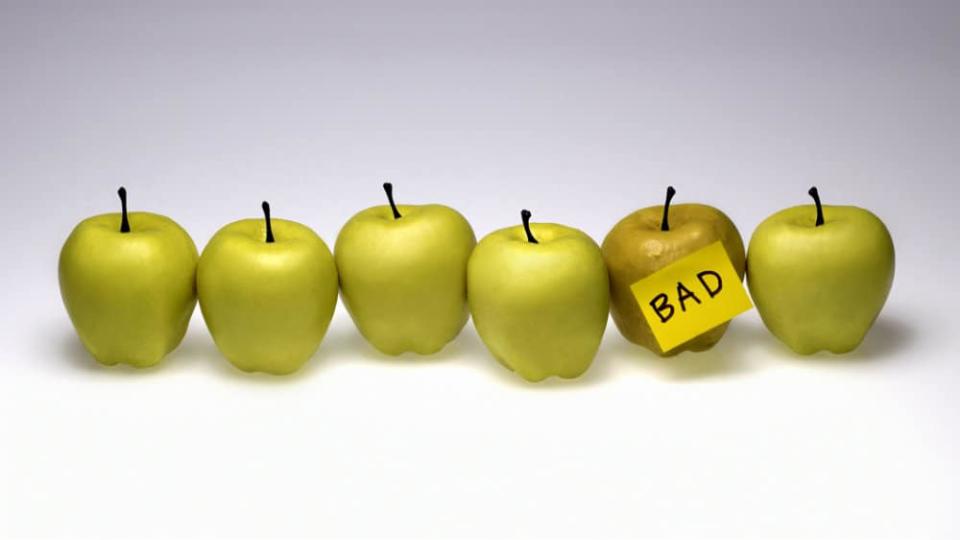TFSA Investors: Avoid These 3 Assets to Maximize Your Return Potential

The Tax-Free Savings Account is one of the most useful tools investors have today to help save and invest for retirement or any other important financial goal you may have.
There are a number of advantages with the TFSA, such as being able to withdraw money at any time, tax free; no tax on any interest, dividends, or capital gains; and the ability to withdraw large sums of money without it counting towards your income level — a major advantage for retirees looking to minimize their OAS clawbacks.
Although the TFSA is such a useful tool, that’s only if you use it to its full potential, so there are certain investments you’ll want to avoid holding.
Cash
While you may want to have a portion of your investment portfolio in cash to wait for a better deal on a certain stock you may be watching, cash holdings shouldn’t be a major portion of your TFSA.
A number of Canadians use their TFSA as a savings account and only hold cash, earning almost nothing in interest and most likely losing money when you factor in inflation.
In order to use the TFSA to its potential, you should be building a portfolio of diversified investments that will earn you considerably more than the inflation rate, so on top of saving your hard-earned money, you are also growing it.
GICs
Guaranteed investment certificates (GICs) can have their place in investors’ portfolios, but using your entire TFSA to hold GICs may be a little too conservative.
GICs pay low interest rates when compared to the long-term returns in the stock market, and although the capital is guaranteed and therefore risk free, this only matters if you’re holding your investments for a short period of time.
If you are investing for the long term, you are better off buying a diversified portfolio of quality stocks, and as long as you do your research and diversify adequately, over the long term your capital will almost certainly be guaranteed to grow and will most definitely outpace the compounded returns of GICs.
Non-qualified investments
Investors should be aware of the securities you are allowed to hold in the TFSA but, more importantly, what you aren’t allowed to hold.
Regular securities, such as stocks, bonds, mutual funds, and exchange-traded funds are all allowed in a TFSA, so investors should stick to these.
Investments that aren’t allowed would be stocks that trade on an exchange that isn’t recognized, such as some type of foreign, over-the-counter exchange, or other types of derivative securities such as options.
Instead, investors should stick to strong and reliable stocks, such as a company like Canadian Pacific Railway (TSX:CP)(NYSE:CP).
Canadian Pacific is a massive railway company that ships bulk goods, commodities, merchandise freight as well as intermodal traffic over its network of more than 12,000 miles of rail in Canada and the United States.
The railway industry has always been great for investors, and Canadian Pacific is a perfect example of why it’s so attractive.
Since 2009, the company has only had one year of negative earnings before interest, taxes, depreciation, and amortization (EBITDA) growth and has actually increased its EBITDA by more than 170% in that time, or a compounded annual growth rate of more than 10.5%
The consistency of its business, natural profitability that it generates, and stability of its revenue are all main factors in what make CP Rail such a great long-term investment.
Plus, for such a high-quality blue chip, the stock trades at an attractive valuation.
You can gain exposure today at an enterprise value-to-EBITDA ratio of just over 13 times, and its price-to-earnings ratio is only slightly exceeding 20 times.
These valuations aren’t super cheap by any stretch, but they are still very attractive for such a high-quality company that you can own forever and will consistently earn at least a 25% return on investment.
Canadian Pacific is the exact type of long-term stock all investors should look to build their portfolio with, and when you do, you won’t have to worry about holding investments or assets in your TFSA that don’t belong.
More reading
Canada Revenue Agency: 1 Big Change to Watch Out for in 2020
CPP Pension Users: Is 60 or 70 the Ideal Age to Take Your CPP?
Fool contributor Daniel Da Costa has no position in any of the stocks mentioned.
The Motley Fool’s purpose is to help the world invest, better. Click here now for your free subscription to Take Stock, The Motley Fool Canada’s free investing newsletter. Packed with stock ideas and investing advice, it is essential reading for anyone looking to build and grow their wealth in the years ahead. Motley Fool Canada 2020

 Yahoo Finance
Yahoo Finance 